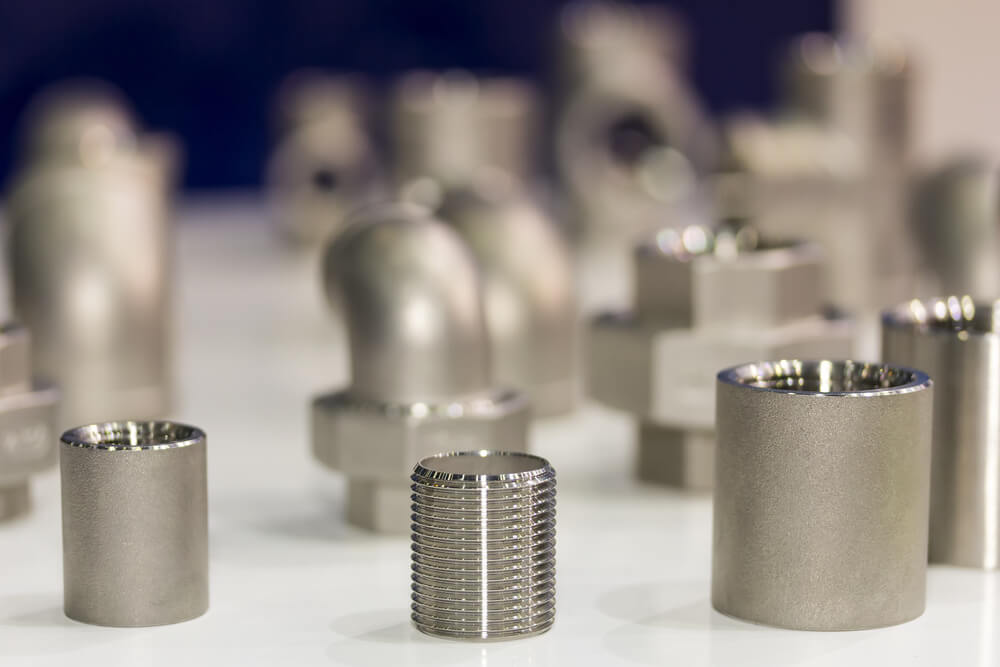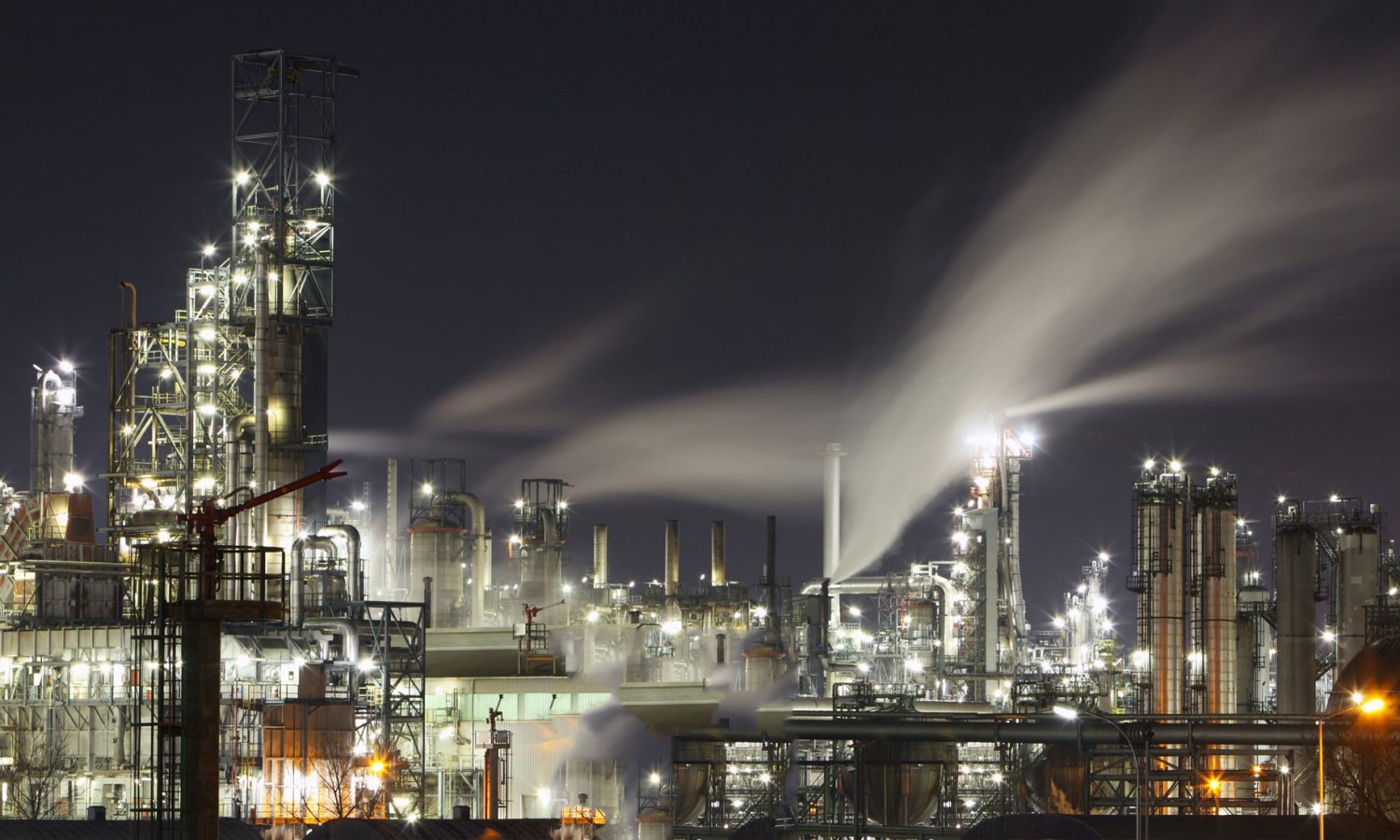
Stainless Steel Fitting Welding Precautions
Welding is a common process for joining stainless steel fitting parts. However, it is important to take certain precautions to ensure a successful and safe welding process. In this article, we will discuss the precautions that should be taken when welding stainless steel fittings.
- Material Selection
It is important to choose the correct type of stainless steel for the fitting you are welding. There are many different types of stainless steel, and not all of them are suitable for welding. For example, some types of stainless steel are more prone to cracking or warping during the welding process. Make sure to select the right type of stainless steel for your project, and follow the manufacturer’s instructions for welding.
- Cleanliness
Stainless steel is highly resistant to corrosion, but it can still be contaminated by dirt, oil, or other substances. To prevent contamination, it is important to clean the surface of the stainless steel fitting before welding. Use a degreaser or solvent to remove any dirt or oil from the surface, and then use a stainless steel brush to remove any rust or other contaminants.
- Preheating
Preheating is important for reducing the risk of warping or cracking during the welding process. Stainless steel fittings should be preheated to a temperature of approximately 350°C before welding. This will help to prevent the metal from cooling too quickly and causing warping or cracking.
- Welding Technique
The welding technique used for stainless steel fittings is critical to the success of the welding process. There are many different welding techniques available, but the most common are Tungsten Inert Gas (TIG) welding and Metal Inert Gas (MIG) welding. TIG welding is a more precise technique, but it is also more time-consuming and requires a higher level of skill. MIG welding is faster and easier, but it is not as precise as TIG welding. Choose the welding technique that is best suited to your project and your skill level.
- Cooling
It is important to cool the stainless steel fitting slowly after welding. Cooling the metal too quickly can cause cracking or warping. The cooling rate should be controlled to ensure that the metal does not cool too quickly.
In conclusion, welding stainless steel fittings is a common process, but it requires certain precautions to ensure a successful and safe welding process. Make sure to select the right type of stainless steel, clean the surface of the fitting, preheat the metal, use the right welding technique, and cool the metal slowly to prevent cracking or warping. If you have any questions or concerns about welding stainless steel fittings, contact Auwelltier Steel Limited for more information.



